Health Conscious Consumer Trends
The increasing awareness of health and wellness among consumers appears to be a primary driver for the Steviol Glycoside Market. As individuals become more health-conscious, they are actively seeking alternatives to sugar that do not compromise on taste. Steviol glycosides, derived from the Stevia plant, offer a natural, zero-calorie sweetening option that aligns with these consumer preferences. Market data indicates that the demand for low-calorie and sugar-free products has surged, with a notable increase in the sales of beverages and food items containing steviol glycosides. This trend suggests that manufacturers are likely to expand their product lines to include steviol glycosides, thereby enhancing their market presence and catering to the evolving tastes of health-oriented consumers.
Innovation in Product Development
Innovation within the food and beverage sector is a driving force for the Steviol Glycoside Market. As companies strive to differentiate their products, there is a notable trend towards developing new formulations that incorporate steviol glycosides. This innovation is not limited to traditional applications but extends to novel products such as snacks, sauces, and even dietary supplements. Market data indicates that the introduction of innovative products featuring steviol glycosides has led to increased consumer interest and sales. This trend suggests that as manufacturers continue to explore creative uses for steviol glycosides, the market is likely to expand, catering to diverse consumer preferences and dietary needs.
Rising Demand for Clean Label Products
The clean label movement, characterized by consumers seeking transparency in food ingredients, is significantly influencing the Steviol Glycoside Market. As consumers become more discerning about what they consume, there is a growing preference for products with simple, recognizable ingredients. Steviol glycosides, being derived from a natural source, align well with this trend, offering a clean label alternative to artificial sweeteners. Market data shows that products labeled as 'natural' or 'clean label' are experiencing higher sales, indicating a shift in consumer purchasing behavior. This trend suggests that manufacturers who incorporate steviol glycosides into their offerings may benefit from increased consumer trust and loyalty, thereby enhancing their market position.
Growing Applications in Food and Beverage
The versatility of steviol glycosides in various food and beverage applications is a significant driver for the Steviol Glycoside Market. These sweeteners are increasingly utilized in a wide range of products, including soft drinks, dairy items, and baked goods. The market data reveals that the beverage sector, particularly, has seen a substantial shift towards incorporating steviol glycosides as a sugar substitute, driven by consumer demand for healthier options. This trend is likely to continue as manufacturers seek to innovate and create new formulations that appeal to health-conscious consumers. Furthermore, the ability of steviol glycosides to enhance flavor without adding calories positions them favorably in a competitive market, suggesting a robust growth trajectory for the industry.
Regulatory Support for Natural Sweeteners
Regulatory frameworks that favor the use of natural sweeteners are playing a crucial role in the expansion of the Steviol Glycoside Market. Various health authorities have recognized the safety and efficacy of steviol glycosides, leading to their approval for use in numerous food products. This regulatory support not only legitimizes the use of steviol glycosides but also encourages manufacturers to adopt these sweeteners in their formulations. Market data indicates that regions with supportive regulations have experienced faster growth in the adoption of steviol glycosides, as companies are more willing to invest in product development. This trend suggests that as more countries establish favorable regulations, the market for steviol glycosides is likely to witness accelerated growth.
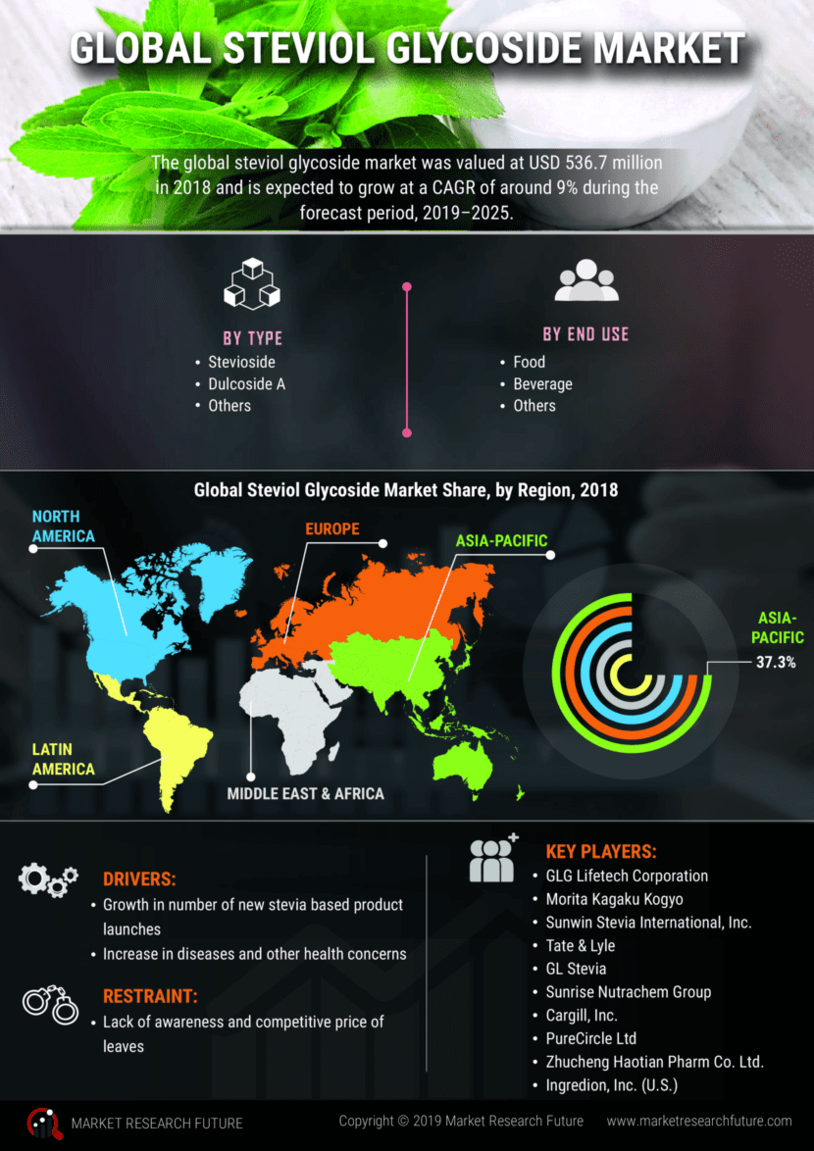

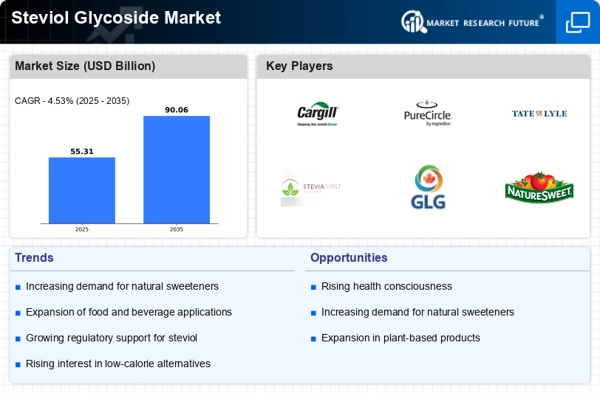
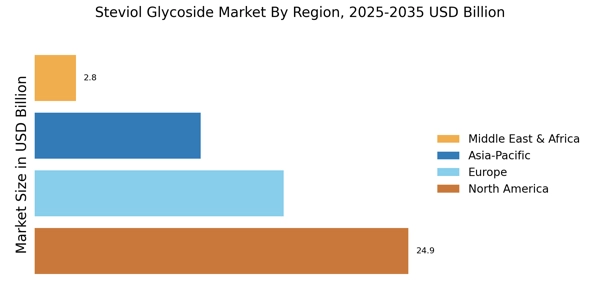

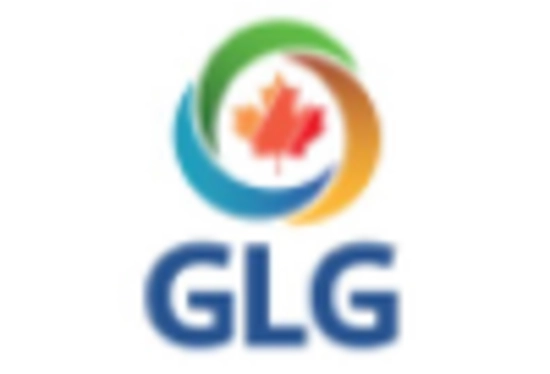
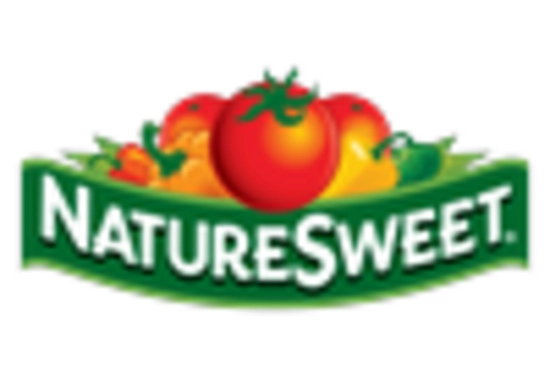
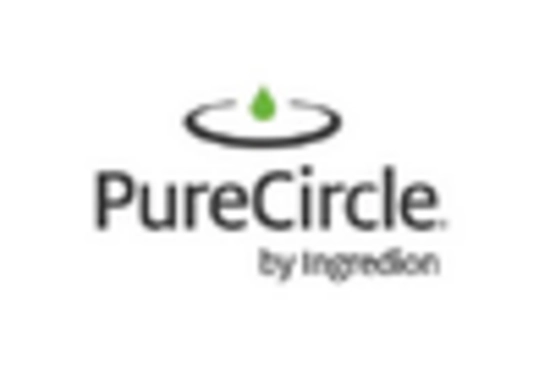
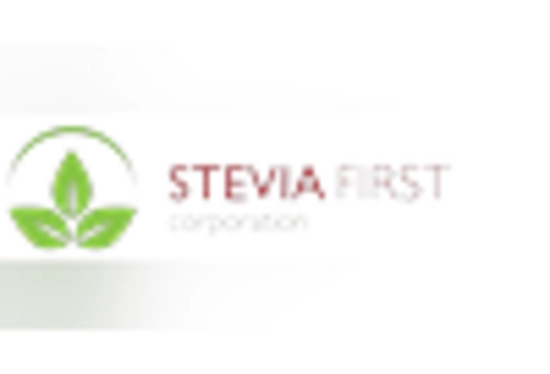
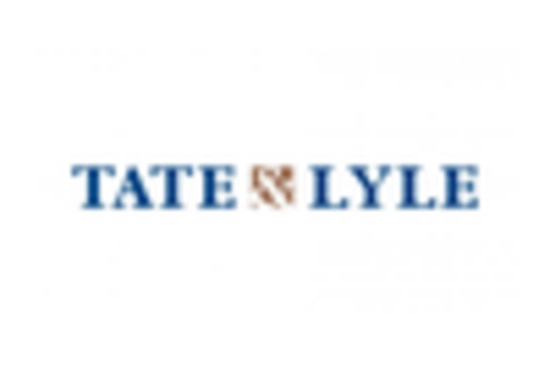








Leave a Comment